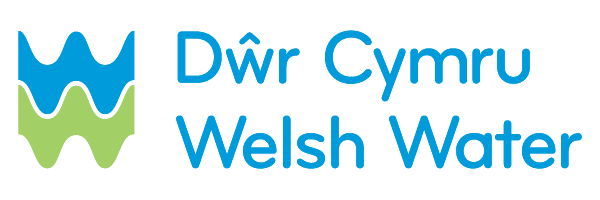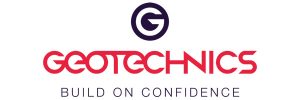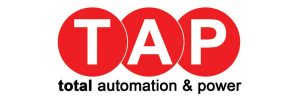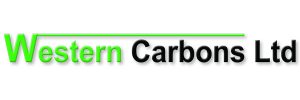Glascoed WTW (2018)
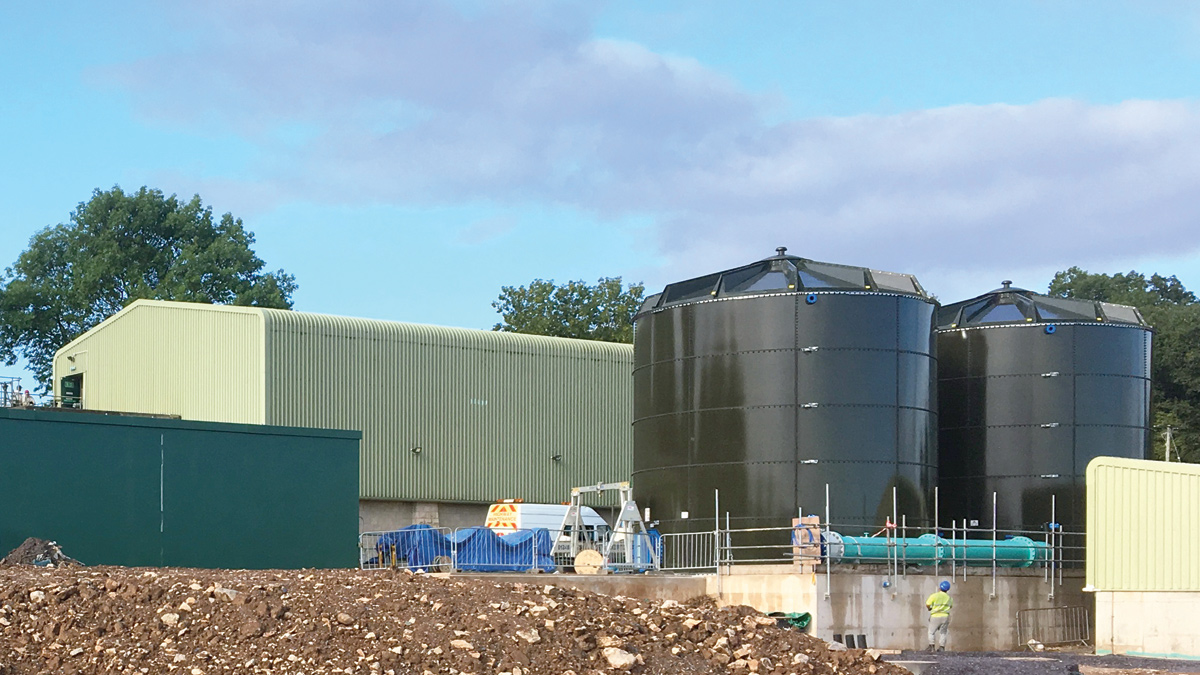
Glascoed Water Treatment Works - Courtesy of Skanska UK
Welsh Water’s Glascoed Water Treatment Works (WTW) is situated south of the village of Bodelwyddan in the county of Denbighshire. It was commissioned in 1994, with additions made in 1995 and 2009. The works supplies up to 20 Ml/d to customers along the North Wales coast. The works receives its supply of raw water from the Plas Uchaf Impounding Reservoir via draw off siphons, which are set at different depths, and automatically come into operation as the flow to Glascoed is increased. Plas Uchaf Reservoir levels are maintained from the nearby Dolwen Reservoir, overland pumping from the River Aled via the Bryn Aled Pumping Station, and from the surrounding catchment. The level of the River Aled is maintained by compensation flow and regulated releases from two upland lakes – Llyn Aled and Llyn Aled Isaf Reservoirs – which are located on the Denbigh Moors. The works is supplemented by treated borehole water from Llannerch borehole supply, at an average rate of 10 Ml/day. The borehole has recently been refurbished and is a reliable source.
Background
The current surface water treatment process comprises raw water coagulation and flocculation, followed by clarification and filtration, through 4 (No.) counter current dissolved air flotation and filtration (CoCoDAFF) cells. Filtered flows are chemically conditioned to oxidise iron and manganese prior to secondary filtration through three granular activated carbon (GAC) rapid gravity filters. Treated flows are disinfected by chlorination prior to entering supply.
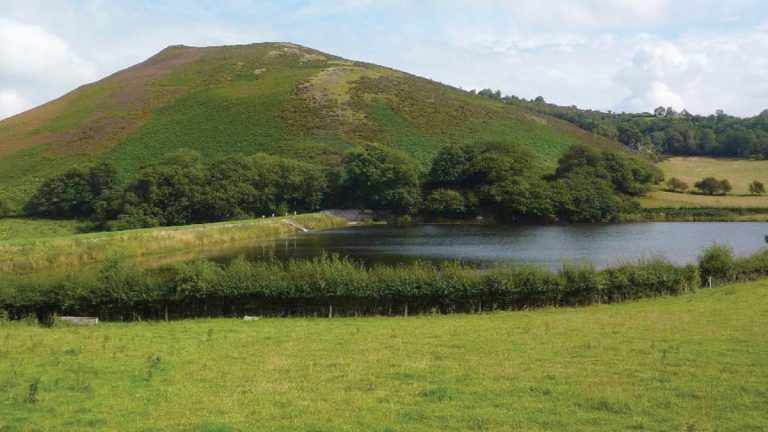
Plas Uchaf Reservoir – Courtesy of Welsh Water
The WTW receives high iron and manganese loadings from its surface water sources. Under normal conditions, the existing process is capable of removal of iron and manganese. However, during times of poor raw water quality, the plant struggles to achieve satisfactory removal and is unable to meet Welsh Water’s manganese target of <2 µg/l.
The raw water source is also at a high risk of experiencing algal blooms, with cell count rates increasing over recent years. One of the most significant challenges to the works is associated with algal activity in the raw water, which leads to the seasonal occurrence of taste and odour forming the compounds methyl isoborneol (MIB) and geosmin. In order to effectively deal with these significant taste and odour events, powdered activated carbon (PAC) is dosed periodically into the raw water to provide additional MIB and geosmin removal. The PAC dosing is required to supplement the limited quantity of GAC, as this alone provides insufficient adsorption capacity.
Continued treatment with PAC is not sustainable, as the increased doses put further pressure on the downstream solids removal processes, which are already overstretched. In addition, PAC dosing is expensive, operationally demanding and increases the amount of wastewater and sludge produced by the works.
The existing GAC filters are not purpose-built and have previously been converted from rapid gravity filters (RGFs) by removing the original sand media and replacing with GAC. However, these converted GAC filters can only accommodate a shallow media bed depth and have insufficient back-wash rates for efficient washing. The limited media depth means that there is insufficient contact time between the GAC and water for adequate removal of taste and odour forming compounds. Furthermore, the GAC media is not well suited to the removal of iron and manganese.
In addition to the treatment challenges at the works, a regulatory inspection of the Plas Uchaf Reservoir by the Panel Engineer, and subsequent hydrological study, concluded that the existing spillway capacity needed increasing to enable it to pass a probable maximum flood (PMF) condition.
In light of these challenges, Welsh Water engaged its Alliance Partners (Skanska, Arcadis Consulting and Arup) to design and construct a new reservoir spillway and an upgraded treatment process, to increase security of supply and improve the treated water quality produced by Glascoed WTW.
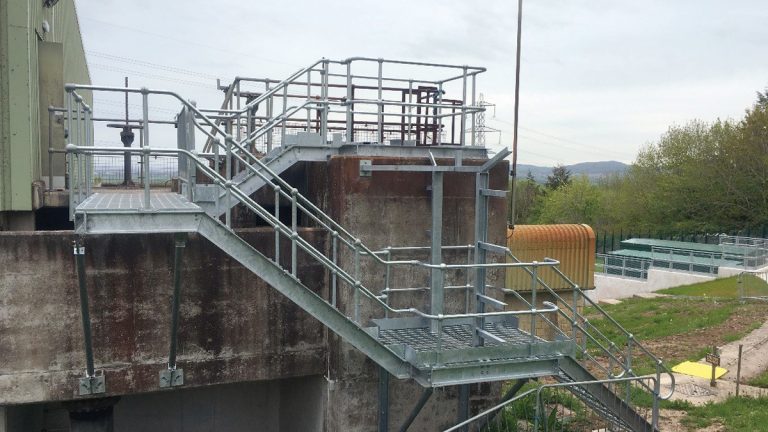
Coagulation and flocculation tanks – Courtesy of Skanska UK
Reservoir solution development
The Arup design team evaluated a number of options for increasing spillway capacity and recommended that the current spillway be replaced with a larger capacity one along the existing alignment. However, this work had to be undertaken whilst keeping the reservoir operational and supplying water to Glascoed WTW. A further consideration was the potential detrimental impact of temporary draw down of the reservoir on water quality.
The project team took a holistic approach and as part of the enabling works to the spillway scheme, designed and constructed 2 (No.) new 355mm HDPE siphon pipes to supply Glascoed WTW. There are a number of benefits that these new siphons provide:
- Greater long-term security of raw water supply to Glascoed WTW.
- Different intake levels, which enables the operators to optimise raw water quality by varying the draw off in use.
- During the new spillway works the reservoir level could be lowered safely without risk of losing supply as currently the existing uPVC siphons float when reservoir levels are low.
- Improved resilience for dam emergency draw down capacity.
In addition, the team developed a piled solution for anchoring the siphons within the reservoir that could be installed from a floating pontoon. This avoided potential water quality issues associated with need to lower the reservoir levels for the construction of alternative solutions using grout bags or in situ concrete foundations.
Glascoed WTW improvements – Key participants
- Main contractor: Skanska UK Ltd
- Consultant designers: Arcadis Consulting (UK) Ltd
- Consultant designers: Arup
- Geotechnical investigation: Geotechnics Ltd
- Civil sub-contractor: William Hughes Ltd
- Mechanical sub-contractor: JB Fabrication Ltd
- Electrical sub-contractor: Lloyd Morris Electrical Ltd
Treatment works solution development
The initial Skanska/Arcadis design solution included:
- Refurbishment of the existing CoCoDAFF process to improve solids filtration performance.
- Refurbishment of the second stage filters and the replacement of the existing GAC media with 16/30 sand and manganese dioxide to enhance manganese removal.
- Addition of a new third stage GAC plant for the treatment of taste and odour compounds.
Due to site limitations, a new interstage pumping station was required to lift flows into the new GAC adsorbers. Furthermore, this third stage of treatment also increased the demand on the existing clean and dirty washwater systems.
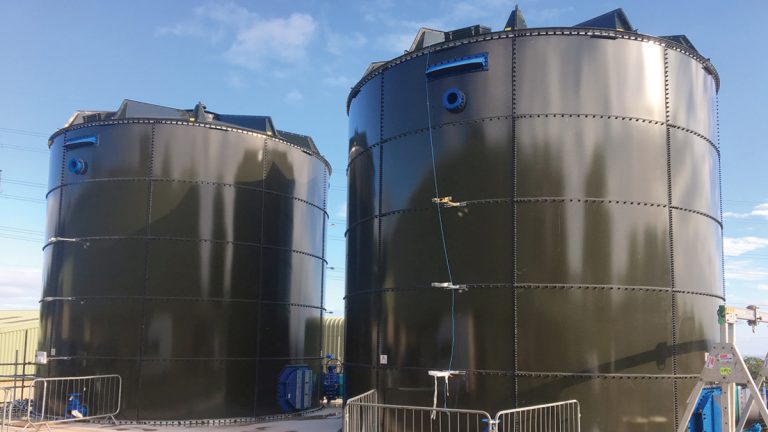
Clean backwash tanks – Courtesy of Skanska UK
During the detailed design phase, an alternative, innovative TOTEX design solution was identified which had the potential to reduce the CAPEX and ongoing OPEX cost for Welsh Water. A collaborative trial of the solution was developed between Welsh Water, Skanska and Arcadis, supported by Chemviron, the GAC media suppliers.
The full-scale trial commenced at Glascoed WTW in November 2016, to determine the suitability of utilising GAC media within a CoCoDAFF cell. The media would need to demonstrate satisfactory performance – both in terms of filtration and adsorption characteristics – to ensure a robust treatment process and eliminate the need for a separate third stage GAC process. Due to the perceived risks of using lighter and more buoyant media in a treatment process, which combines both dissolved air flotation and rapid gravity filtration in a single unit, GAC media has not previously been employed as a filtering/adsorptive media in CoCoDAFF elsewhere.
The media in one CoCoDAFF cell (C) was replaced with a GAC media of similar effective size to the existing sand media and the backwash regime was changed to a separate air and water backwash sequence. This was deployed to avoid media loss, which would occur with the current combined air and water sequence. However, it was necessary to increase the upflow velocities to ensure effective washing of the new media. This was achieved by running both the duty and standby back-wash pumps simultaneously. The cell was brought into service with the other CoCoDAFF cells following extended washing and rinsing, once the filtered water quality was suitable.
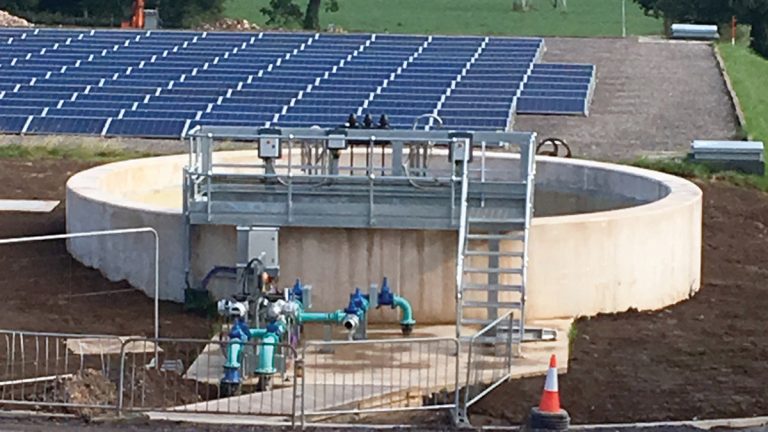
Rinse tank and treated water reservoir – Courtesy of Skanska UK
Following satisfactory performance of the first cell, the trial was expanded and GAC media was introduced into the remaining CoCoDAFF cells in a rolling programme and by April 2017, all 4 (No.) CoCoDAFF filters had been converted to the new GAC media.
The trial demonstrated that the GAC media selected can readily achieve the dual requirements of primary filtration and adsorption of taste and odour forming compounds. The initial concerns around the potential detrimental interaction of water saturated with air and the porous GAC media did not materialise. Furthermore, it has been shown that sustainable performance is achievable with a modified separate air and water wash sequence. In summary, the following has been demonstrated:
- Improved solids removal: turbidity removal to less than 0.1 NTU, which exceeds the performance of the existing sand media.
- Improved taste and odour forming compound removal: MIB (average 42% removal) and geosmin (average 80% removal). Dissolved organic carbon (DOC) removal (average 85%).
- GAC adsorptive capacity in line with expectations, which suggests an annual media regeneration requirement.
- Sustainable backwash performance with separate air and water sequence.
- Air blinding has not been an issue.
- Media replacement and return to service achievable within an acceptable period.
- Elimination of PAC dosing.
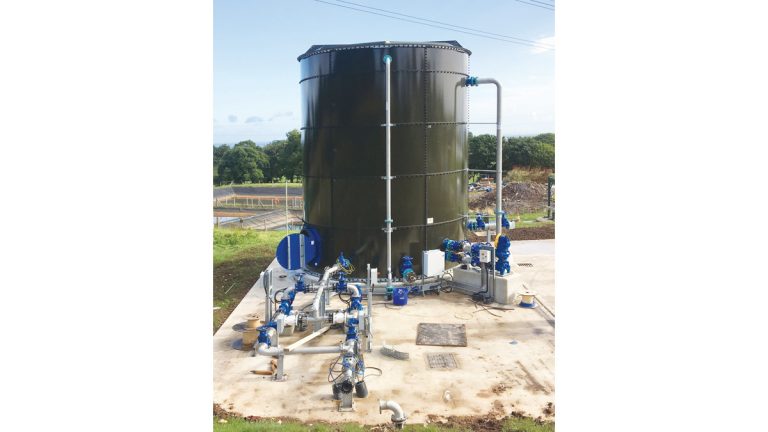
Thickened sludge holding tank – Courtesy of Skanska UK
Considering the satisfactory performance data of the trial, the solution has been adopted and a revised scope of supply agreed with Welsh Water. By adopting the permanent use of GAC media within the existing CoCoDAFF cells, this solution will achieve a number of benefits:
- Eliminates the need for PAC dosing, which is both expensive and operationally demanding.
- Releases the existing second stage filters to be converted for enhanced manganese removal.
- Avoids the CAPEX associated with new third stage GAC adsorption process and relift pumping station.
- Avoids the OPEX associated with pumping flows to the third stage GAC filters adsorbers and associated washing.
- Reduces both operational and embodied carbon impact.
- Minimises disruption due to construction activities and reduces time on site.
- Reduces the loading on the dirty washwater and sludge handling processes as there are no new filters to be washed or PAC to be removed.
- Provides a reliable supply of safe, clean and wholesome water to customers in the face of increasing raw water quality challenges.
Conclusion
In response to changes in climate and land use, which increase the levels of organic carbon in the raw water for this upland source, the holistic approach taken delivers potentially significant benefits over alternative solutions. In addition, the innovative media trial has demonstrated that appropriately selected GAC media can be utilised within the CoCoDAFF process, to achieve both satisfactory filtration and adsorption performance.


